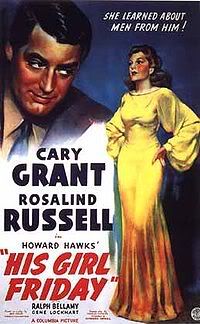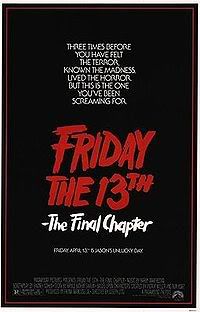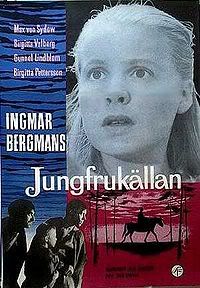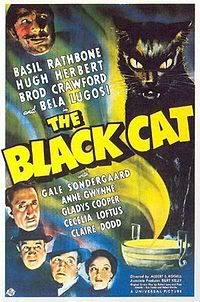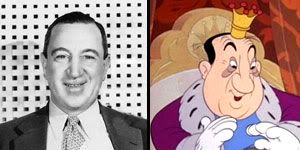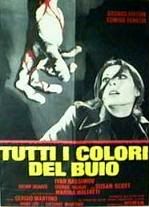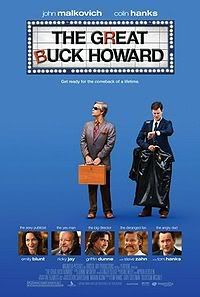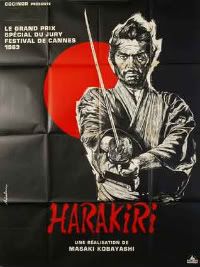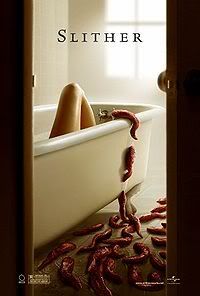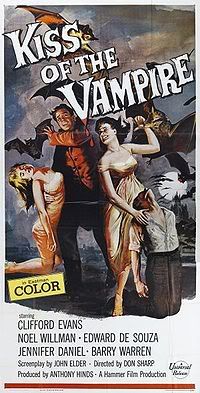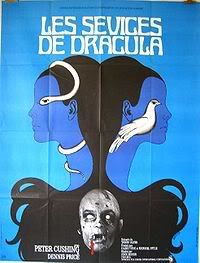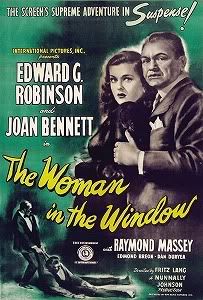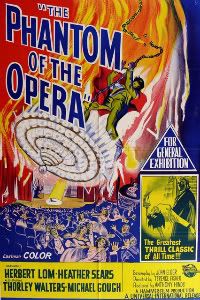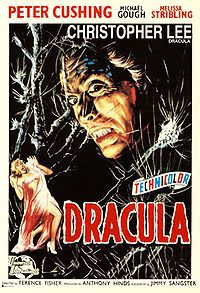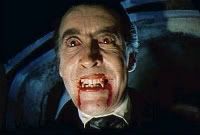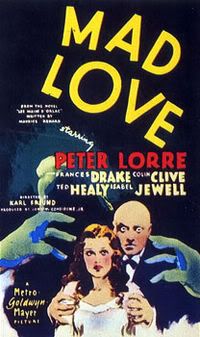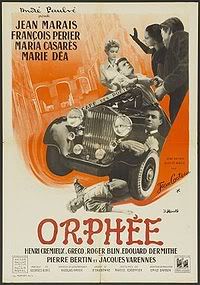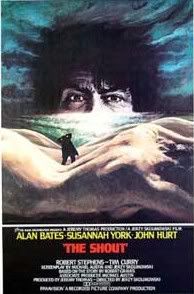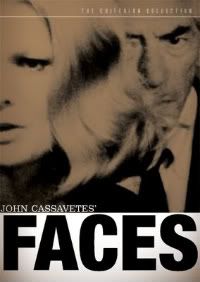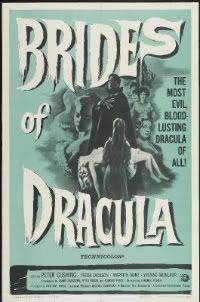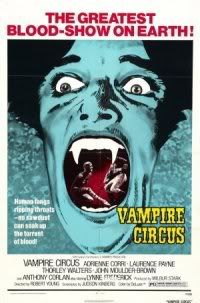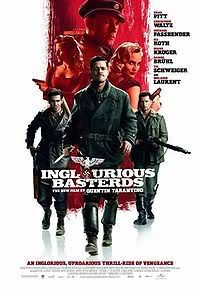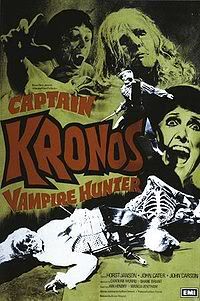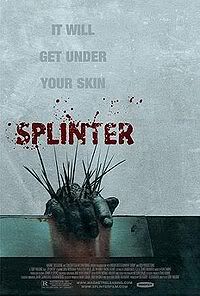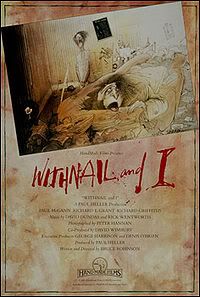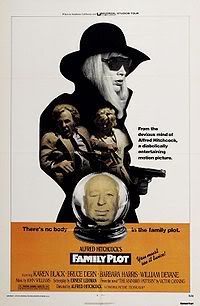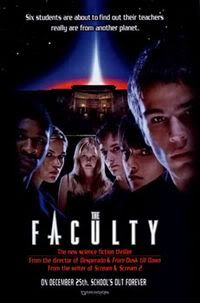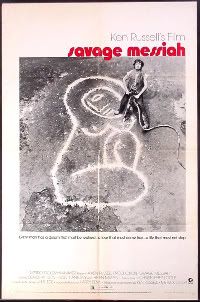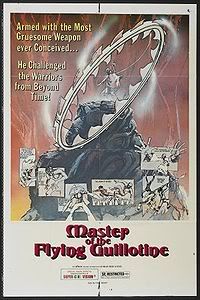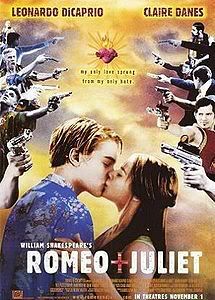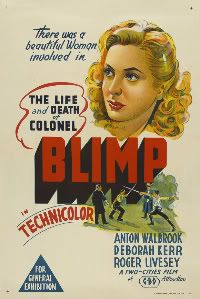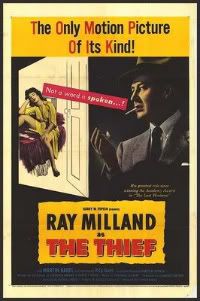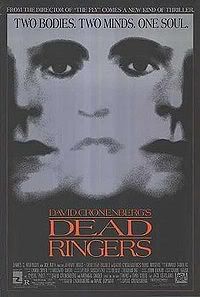
For anyone who doubts that the awesomeness that is Jeremy Irons, he needs only to watch “Die Hard with a Vengeance” to see the actor at the pinnacle of his career. But as hard as it may be to believe, Irons does outdo his stellar performance as the brother of Alan Rickman (oh, if only they really were brothers, what an awesome family that would be…). Irons assumes the roles of twin gynecologists in David Cronenberg’s dark tale of mutant women and the men who pine for them.
Elliot and Beverly act as a yin and yang for one another – Elliot is the extroverted of the two, making the majority of the public appearances for the duo and conquering women with the slightest of ease, while Beverly is quiet, intellectual and shy, creating the majority of the innovations the two are known for and humbly accepting the females that Twin A has spurned. When Beverly falls in love with movie actress Claire Niveau (Genevieve Bujold), yet another reject of Elliot, and he finds himself rejected by her, his world collapses. He regresses into a realm of drug-addiction and depression to the point that he creates custom gynecological tools that look more like torture devices. It’s evident that Beverly can only regard all women as mutants as his sense of alienation grows out of control, and soon Elliot finds himself spiraling in a similar downfall, for the two are interlinked through emotion and experience. Irons was nominated for an Oscar for his performance and deservedly so. He portrays the identical twins in such contrasting ways that not even the viewer has trouble distinguishing between the two. As time has passed, I’ve found myself repeatedly reflecting back upon this film, leading me to the conclusion that this is definitely one of Cronenberg’s best (though certainly not the most pleasant to watch).
Watch the Trailer
